What is Radiator Coolant?
Radiator coolant, also known as antifreeze, is a liquid critical for your vehicle. It is a mixture of water and chemical compounds, usually ethylene glycol or propylene glycol. This combination helps regulate the engine’s temperature during operation.
When your car’s engine runs, it generates a significant amount of heat. Radiator coolant circulates through the engine and absorbs this heat. It then travels to the radiator, where the heat is dissipated into the air. This process prevents the engine from overheating.
In addition to temperature regulation, radiator coolant has other functions. It helps prevent rust and corrosion inside the cooling system. It also resists freezing in cold conditions, stopping the engine and radiator from cracking or seizing.
Radiator coolant comes in different types, such as inorganic additive technology (IAT), organic acid technology (OAT), and hybrid organic acid technology (HOAT). Each type is designed for specific vehicles and different climates. Vehicle owners should always check their car manual to use the right coolant.
In summary, radiator coolant is vital for keeping your engine running smoothly and efficiently. Its ability to maintain the engine’s temperature, prevent freezing, and protect against corrosion makes it an essential component of your vehicle’s cooling system.
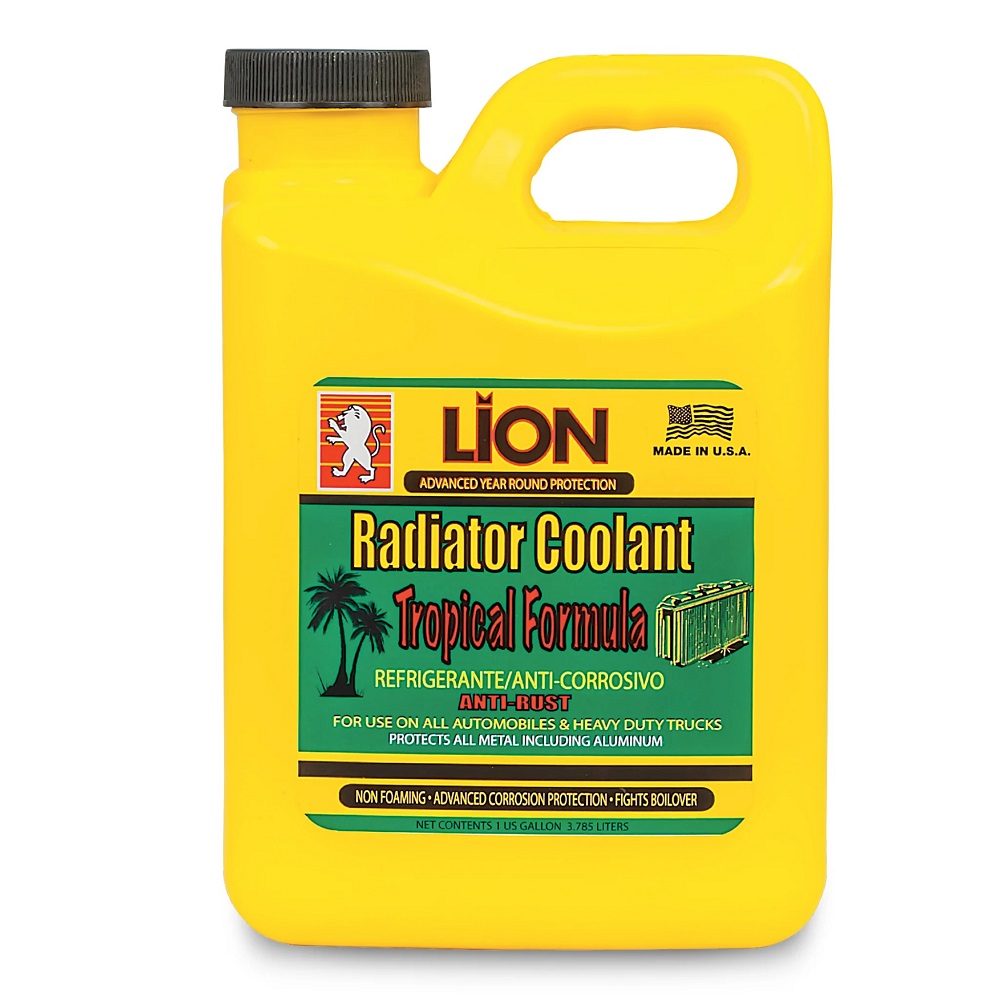
Why is Coolant Essential for Your Vehicle?
Radiator coolant plays a vital role in ensuring your vehicle runs smoothly and efficiently. Without it, your engine could face serious issues, including overheating and metal corrosion.
Prevents Engine Overheating
Radiator coolant absorbs heat from the engine as it operates. It then carries this heat to the radiator, where it is released into the air. This process stops the engine from overheating during regular use.
Protects Against Freezing
In cold temperatures, radiator coolant prevents the engine and radiator from freezing. This protection helps avoid damage, such as cracks, that can lead to costly repairs.
Reduces Corrosion
Coolant contains special chemicals that resist rust and corrosion inside the cooling system. These additives protect metal parts like the radiator, water pump, and engine block.
Enhances Engine Efficiency
When your engine stays at the right temperature, it performs better. Radiator coolant contributes to better fuel efficiency and lowers the risk of engine failure.
Maintains Long-Term Vehicle Health
Regular use of the correct radiator coolant increases the lifespan of your cooling system. It keeps your vehicle running at peak performance, saving you money on maintenance in the long term.
Radiator coolant is not just an engine fluid; it is key to your car’s health. Keep your vehicle safe by ensuring optimal coolant levels and using the right type as recommended by your car’s manual.
The Role of Coolant in Temperature Regulation
Radiator coolant plays a key role in maintaining your engine’s temperature. Without it, the engine could overheat or freeze depending on the weather.
Heat Absorption
When the engine runs, it generates a lot of heat. Radiator coolant circulates through the engine and absorbs this heat. Without this process, the engine’s metal parts can expand and warp, causing severe damage.
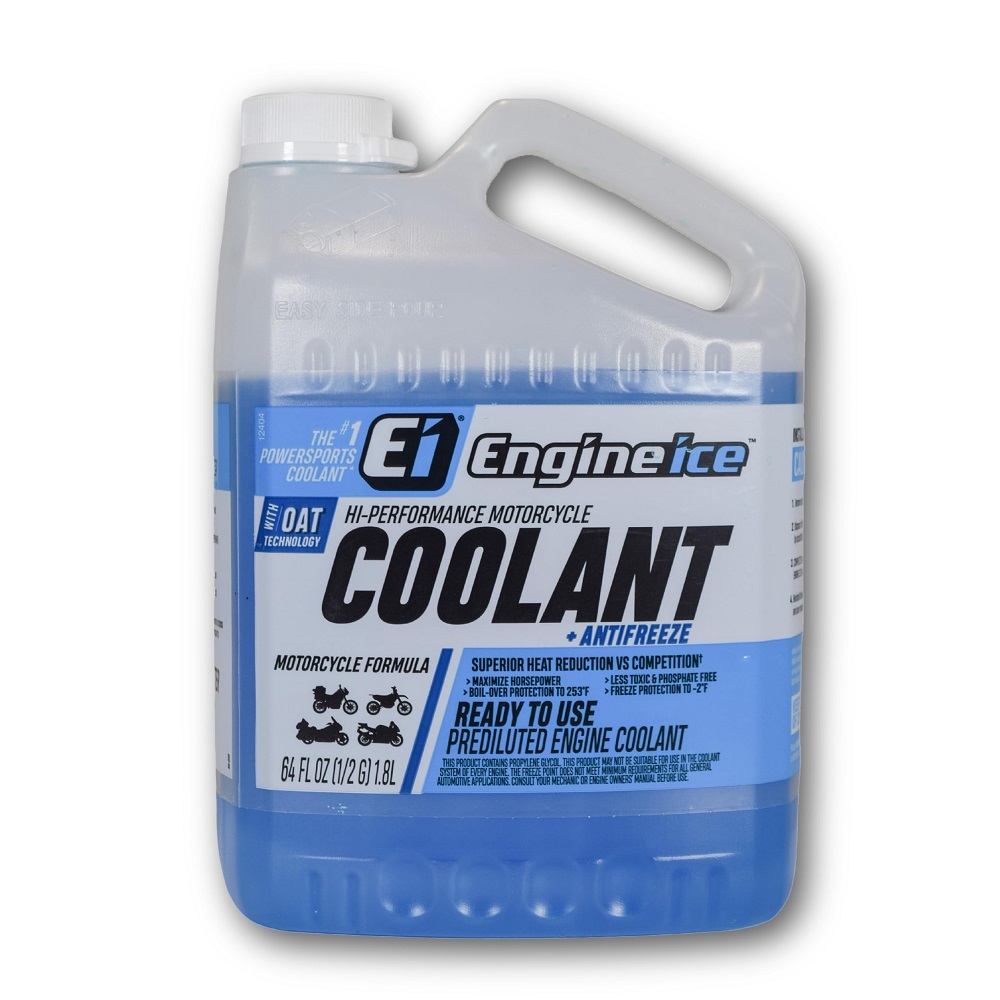
Heat Dissipation
After absorbing heat, the radiator coolant moves to the radiator. Here, the heat is released into the air. This cycle ensures the engine remains at a stable and safe temperature.
Freezing Prevention
In freezing temperatures, radiator coolant prevents the water in the system from freezing. This is achieved through the antifreeze compounds in the coolant, which lower the freezing point of the liquid.
Extending Engine Performance
A well-regulated engine temperature helps maintain optimal performance. Overheated engines can become sluggish or fail, while frozen components can crack and seize. Radiator coolant ensures your engine stays within its functional temperature range.
Keeping your engine at the correct temperature prevents damage and helps it run efficiently. Always ensure your radiator coolant levels are sufficient to keep your car running smoothly, especially in extreme weather conditions.
Types of Coolants: Which One is Right for You?
Choosing the right radiator coolant is crucial for your vehicle’s performance. Different coolants serve different purposes and are designed for specific vehicle types and operating conditions. Understanding the various types will help you make an informed choice. Here’s a breakdown of the most common types:
Inorganic Acid Technology (IAT)
IAT coolants are typically green and have been traditionally used in older vehicles. They are made with inorganic chemicals like silicates and phosphates. These coolants need frequent replacement, usually every two years or 30,000 miles, as they degrade faster than others. IAT coolants work well in vehicles with cast iron engines and older cooling systems that require more protection against corrosion.
Organic Acid Technology (OAT)
OAT coolants are made with organic acids and are often dyed orange, red, or pink. These coolants are designed for newer vehicles that have aluminum engine blocks and radiators. They provide extended protection against corrosion and can last much longer than IAT coolants, often up to five years or 100,000 miles. However, OAT coolants should not be mixed with other types.
Hybrid Organic Acid Technology (HOAT)
HOAT coolants combine the properties of IAT and OAT coolants. They are often yellow or turquoise. These coolants offer long-lasting performance and are compatible with both aluminum and cast iron engines. HOAT coolants provide protection for about five years or 150,000 miles. They are widely used in vehicles manufactured by brands like Chrysler, Ford, and BMW.

Phosphate-Free Coolants
Phosphate-free coolants are primarily used in European and Asian cars. These coolants avoid phosphates in the formula to meet the specific requirements of these vehicles. They help prevent scaling and maintain efficient cooling.
Universal Coolants
Universal coolants claim compatibility with a wide range of vehicles. These coolants are often dyed green or yellow but contain unique additives to match various engine and cooling system materials. It’s always best to check with your car manufacturer to ensure compatibility before using a universal coolant.
Silicate-Free Coolants
These coolants work well in modern aluminum engine blocks. They are less abrasive and reduce the risk of wear and tear inside the cooling system. Silicate-free coolants are often preferred in Asian vehicles.
Choosing the right radiator coolant depends on your car’s make, model, and operating conditions. Check your vehicle’s manual for specific recommendations. Using the proper radiator coolant will ensure your engine stays safe, efficient, and protected from corrosion.
How to Check and Maintain Coolant Levels
Maintaining proper radiator coolant levels is key to keeping your engine in good condition. Regular checks and proper maintenance can prevent overheating, freezing, and corrosion. Follow these simple steps to ensure your radiator coolant is at optimal levels.
How to Check Radiator Coolant Levels
- Park Safely: Ensure your car is on a flat surface and the engine is cool.
- Open the Hood: Locate the coolant reservoir or radiator cap.
- Inspect the Reservoir: Most reservoirs are translucent with markings indicating the minimum and maximum coolant levels. Verify that the coolant is within this range.
- Check the Radiator (if applicable): For older cars, remove the radiator cap to inspect the coolant level directly. Ensure the engine is cool before doing this.
- Examine Coolant Condition: Look for discoloration or debris in the coolant. It should be clear and its color should match the type of coolant used (like green, orange, or pink).
How to Maintain Radiator Coolant Levels
- Top-Up as Needed: If levels are low, add the recommended radiator coolant according to your car’s manual. Do not mix different types of coolant.
- Replace Old Coolant: Flush the system and refill with fresh coolant periodically, as per your car manufacturer’s guidelines.
- Inspect System for Leaks: Check hoses, clamps, and the radiator for leaks if you notice frequent coolant loss.
- Monitor the Cap: A damaged radiator cap can cause pressure issues. Replace it if necessary.
- Use Pre-Mixed Coolant: Pre-mixed coolants are convenient and ensure the right water-to-coolant ratio.
Regular checks and maintenance extend the life of your cooling system. Prevent engine damage by keeping radiator coolant levels optimal.
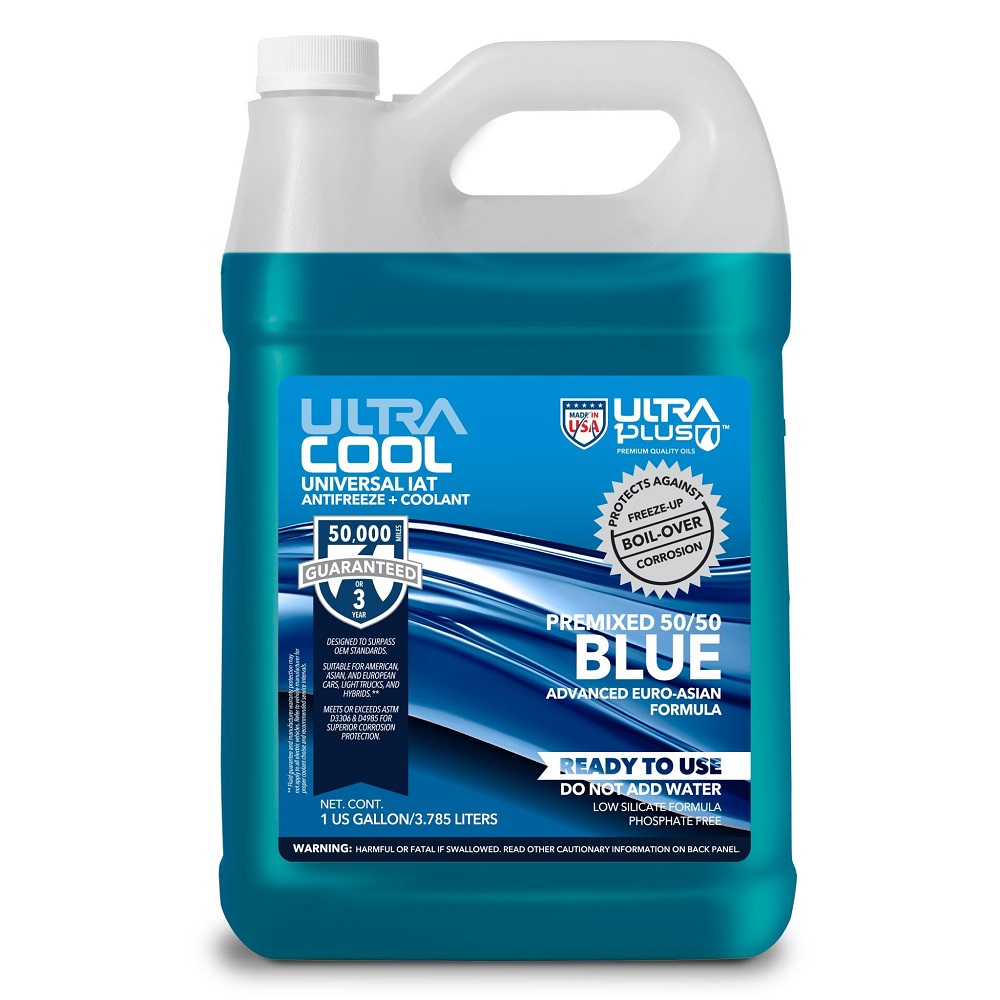
Signs of Low or Contaminated Coolant
Identifying signs of low or contaminated radiator coolant is crucial for maintaining engine health. These signs can help you prevent serious damage and costly repairs.
Overheating Engine
A key sign of low coolant is an overheating engine. The temperature gauge will rise rapidly.
Sweet Smell
A sweet, sugary smell can indicate a coolant leak. It may mean a leak in your system.
Visible Leaks Under the Car
Coolant leaks leave puddles or wet spots under your car. Check these for colored fluid.
Discolored Coolant
If radiator coolant looks murky or rusty, it may be contaminated. This can reduce its effectiveness.
Steam Emerging from the Hood
Steam from your car’s hood signals extreme overheating. This can happen due to low coolant levels.
Dashboard Warning Light
Some cars have a dashboard warning light for low coolant levels. Look out for this signal.
Heater Issues
If your heater stops working or blows cold air, your coolant could be at fault.
Unusual Engine Noises
A lack of coolant can cause parts to rub together, creating strange noises in your engine.
Act quickly if you notice any of these signs to avoid engine damage. Regularly check and maintain your radiator coolant.
Risks of Driving Without Proper Coolant
Driving without proper radiator coolant can lead to severe engine problems and costly repairs. Coolant is essential for maintaining the right engine temperature. Without it, your engine can face serious damage.
Overheating and Engine Failure
A lack of radiator coolant causes your engine to overheat. An overheated engine can result in warping, cracking, or total failure of essential parts. This could leave you stranded and needing a complete engine replacement.
Increased Corrosion
Coolant prevents rust and corrosion in the cooling system. Driving without coolant increases the risk of damaging the radiator, water pump, and other metal parts. Corrosion reduces the lifespan of these crucial components.
Freezing and Cracking
During cold weather, coolant prevents freezing of internal components. Without it, the water in the cooling system can freeze, causing cracks and damage to the engine. This can lead to expensive repairs or even replacement of parts.
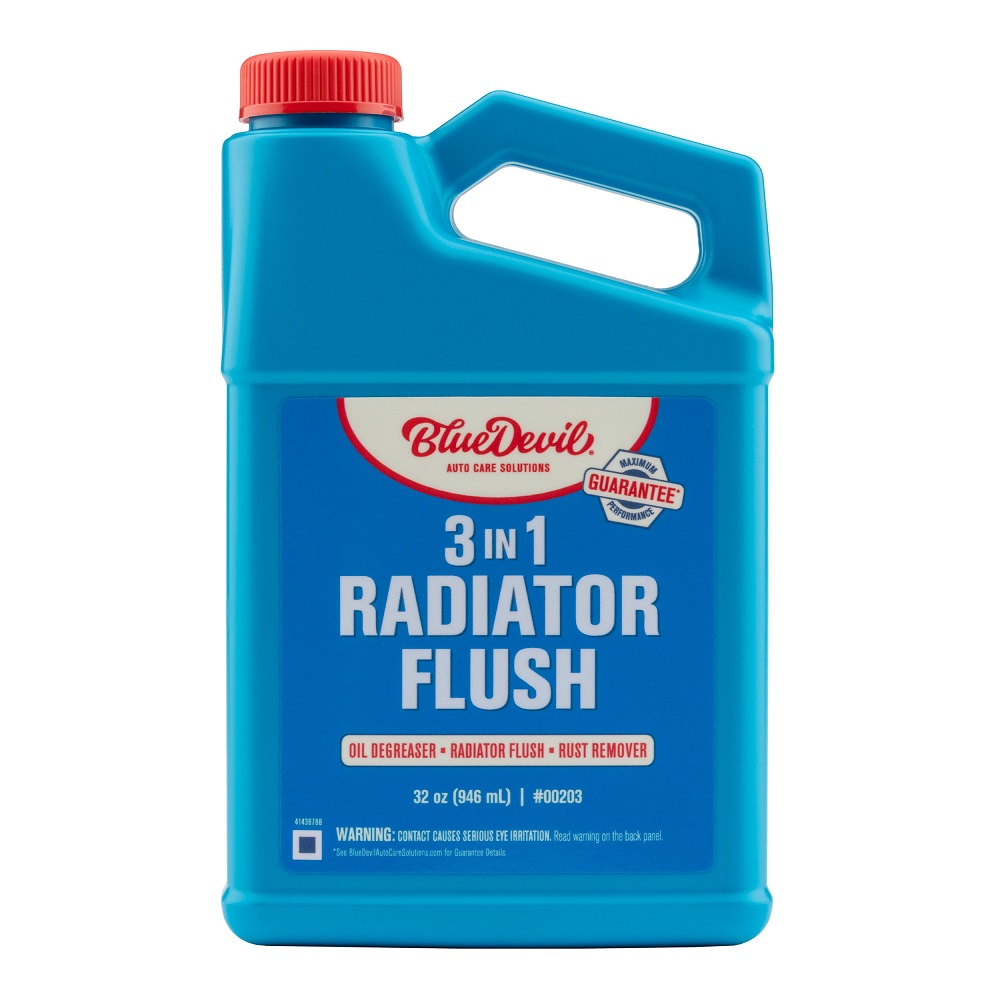
Reduced Fuel Efficiency
Without proper coolant, your engine cannot maintain an optimal temperature. An overheated engine works harder, decreasing fuel efficiency and increasing wear.
Risk of Blown Head Gasket
A lack of coolant increases the risk of overheating, which can cause the head gasket to blow. A blown head gasket is costly to repair and impacts the engine’s performance.
Possible Safety Hazards
Driving with an overheated engine or a leaking cooling system can be dangerous. Overheating may lead to steam or smoke under the hood, obstructing your view and putting you at risk.
Shortened Engine Lifespan
Continued operation without coolant can greatly shorten your engine’s life. Repairs and replacements are much more expensive than maintaining proper coolant levels.
To avoid these risks, frequently check your radiator coolant and make sure it is clean and sufficient. Using the correct type of coolant specified in your car manual is crucial for long-term vehicle health.
How Often Should You Replace Radiator Coolant?
Replacing radiator coolant regularly is crucial for maintaining your engine’s performance. Over time, coolant can degrade and lose its effectiveness. Every vehicle has specific guidelines for coolant replacement intervals. Refer to your car manual for exact details.
Here are general guidelines for when to replace radiator coolant:
1. Manufacturer’s Recommendation
Most manufacturers recommend replacing radiator coolant every 2 to 5 years. The mileage range typically falls between 30,000 and 100,000 miles, depending on the type of coolant.
2. Frequency Based on Coolant Type
- IAT Coolant: Replace every 2 years or 30,000 miles. These degrade faster and need frequent changes.
- OAT Coolant: Lasts longer and can go up to 5 years or 100,000 miles.
- HOAT Coolant: Can last up to 5 years or 150,000 miles before replacement.
3. Visible Signs of Deterioration
- Discoloration: If your coolant turns rusty, muddy, or appears contaminated, replace it immediately.
- Sludge Buildup: A thick, sludgy coolant indicates it has degraded.
4. Vehicle Age and Usage
- Older vehicles, especially those with cast iron engines, may require more frequent coolant replacement.
- Vehicles used in extreme weather conditions may also need more frequent changes.
5. Evidence of Issues in the Cooling System
If you notice constant overheating, leaks, or a blown head gasket, change the coolant. This could signal that old coolant has lost its efficiency.
6. Routine Maintenance
During scheduled vehicle inspections, mechanics may advise replacing coolant even before the suggested timeline.
In conclusion, keeping track of coolant replacement is essential. Follow the manufacturer’s guidelines and replace your radiator coolant as needed. Regular replacement lowers the risks of engine damage and keeps your vehicle running efficiently.
Choosing the Best Radiator Coolant for Your Car
Selecting the right radiator coolant is vital for your car’s performance and longevity. The wrong choice can lead to engine damage, reduced efficiency, or costly repairs. Below are steps to help you choose the best radiator coolant for your vehicle:
Check Your Car Manual
Always start with your car’s manual. It specifies the type of radiator coolant compatible with your vehicle. Follow the manufacturer’s recommendations for the best results.
Consider Your Vehicle’s Age
Older cars usually require inorganic additive technology (IAT) coolants. These coolants protect against rust and are ideal for traditional cooling systems. Newer vehicles often need organic acid technology (OAT) or hybrid organic acid technology (HOAT) coolants, which work well with aluminum components.
Account for Climate Conditions
Assess the weather conditions in your region. If you live in extremely cold areas, choose a coolant with strong antifreeze properties. In hotter regions, focus on coolants that perform well under high temperatures to prevent overheating.
Evaluate Coolant Color and Type
Radiator coolants come in various colors, such as green, orange, or yellow. These colors often indicate the type of coolant, like IAT, OAT, or HOAT. Mixing two different types of coolant can reduce effectiveness. Stick to a single type, as recommended in your car manual.
Opt for Pre-Mixed or Concentrated Coolants
Pre-mixed coolants are ready to use and eliminate guesswork. They provide the correct ratio of coolant to water. If you choose concentrated coolant, dilute it according to your car’s manual using distilled water.
Look for Brand Compatibility
Some vehicle brands recommend specific coolants for optimal performance. For instance, European or Asian vehicles may need phosphate-free or silicate-free options. Always verify compatibility with your car’s requirements.
Monitor Additives and Features
Quality radiator coolants contain additives to prevent rust, scaling, and overheating. Look for these features to ensure better protection for your engine.
Consult a Professional
When in doubt, ask a mechanic or expert. They can suggest the best coolant for your car.
Taking the time to choose the right radiator coolant ensures engine safety, efficiency, and durability. Always prioritize your car’s specific needs for better performance.
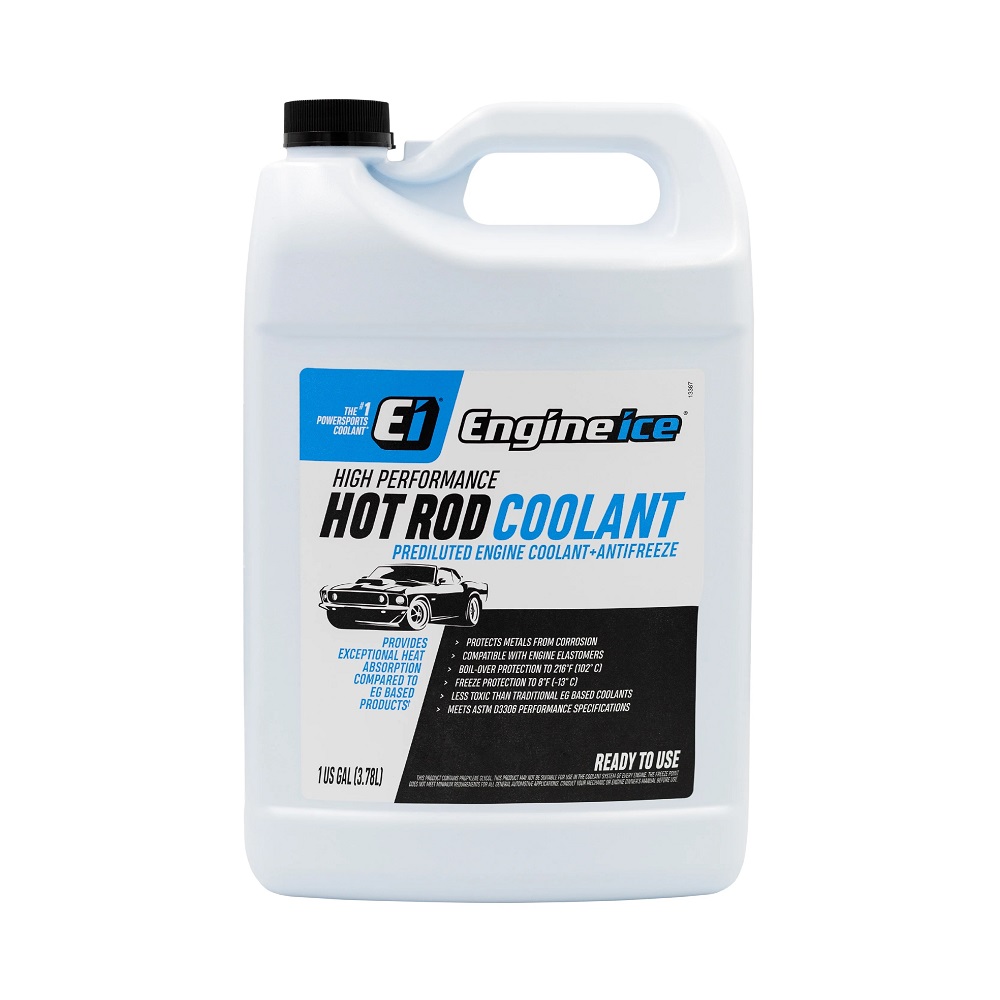
Leave a Reply